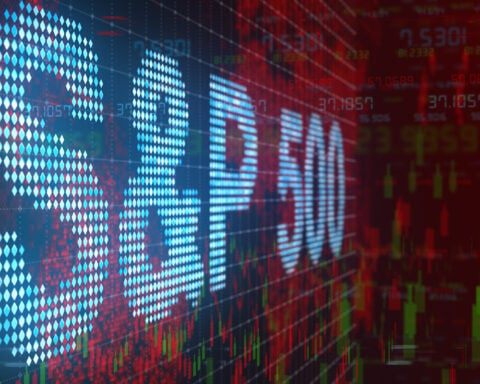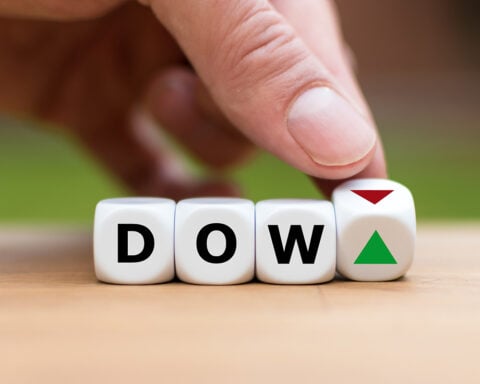Investing in stocks demands thoughtful assessment and foresight. Reflecting on the last five years, Walmart (WMT) emerges as a noteworthy case. Let’s explore how a $1,000 investment in Walmart five years ago has evolved and its implications for future investment strategies.
- A $1,000 investment in Walmart five years ago would now be valued at $1,863, or $1,904 with dividends reinvested.
- Walmart’s dividend yield stands at 1.4%, growing annually at a rate of 3.3% over five years.
- Comparing Walmart’s performance to the S&P 500 index reveals a slight outperformance, with average annual gains of 13.24% (without reinvesting dividends) versus 13.01% for the S&P 500.
- With dividends reinvested, Walmart’s outperformance reaches 13.73% versus 13.52% for the S&P 500.
- Recent valuation metrics, like its price-to-sales ratio (0.75) and forward-looking price-to-earnings (P/E) ratio (25.4), exceed their respective five-year averages (0.68 and 23.3), indicating a less attractive valuation.
- While past performance informs, future performance shapes investment decisions.
- Consider refraining from immediate Walmart stock purchases, awaiting a better entry point if optimistic about its future, or opt for a low-fee S&P 500 index fund.
Since mid-April 2019, Walmart’s stock has appreciated significantly, turning a $1,000 investment into nearly $1,900 today. This performance underscores Walmart’s resilience and stability over the past half-decade. Yet, mere price growth doesn’t paint the entire picture.
Walmart’s modest 1.4% dividend yield has steadily increased by 3.3% annually over five years. Reinvesting dividends would have marginally enhanced returns, emphasizing their significance in long-term investing.
Comparing Walmart’s performance to the broader S&P 500 index, it has commendably outperformed, albeit marginally. This indicates Walmart’s robust business model and strategic position within the retail landscape.
However, prudent investors must assess Walmart’s current valuation before investing solely based on its past performance. Elevated metrics like the price-to-sales and forward-looking P/E ratios suggest caution.
Moving forward, investors should focus on Walmart’s growth potential. While past performance offers insights, future prospects should guide investment decisions. Patience may be wise for those optimistic about Walmart’s future, awaiting a more favorable entry point. Alternatively, a low-fee S&P 500 index fund offers diversified exposure.
Walmart’s performance underscores its resilience, yet investors should weigh historical performance against current valuation, maintaining a vigilant eye on future prospects and market dynamics.







